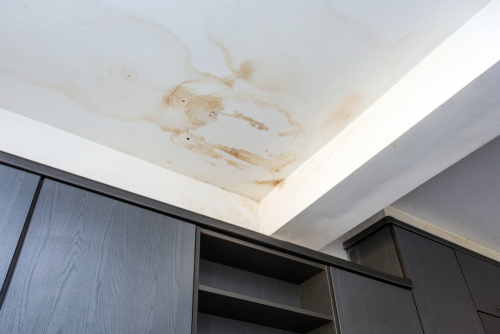
Common Signs of Water Damage
November 4, 2023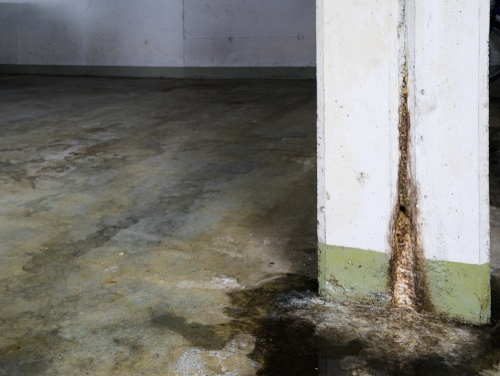
Preventing Mold and Mildew through Effective Waterproofing
December 1, 2023Why Waterproofing is Crucial in High-Humidity Locations
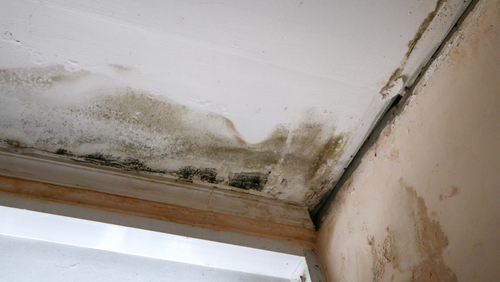
Why Waterproofing is Crucial in High-Humidity Locations
Why Waterproofing is Crucial in High-Humidity Locations. In regions like Singapore, where high humidity is a constant environmental factor, the importance of waterproofing cannot be overstated.
High humidity levels pose significant risks to buildings, including accelerated degradation of construction materials and increased costs for maintenance and repair.
The objective of this article is to provide a comprehensive understanding of why waterproofing is critical in high-humidity environments like Singapore.
Table of Contents
Understanding the Climate in Singapore
Singapore experiences a tropical rainforest climate, which means it witnesses high humidity levels regularly, often exceeding 80%.
Coupled with frequent rainfalls, this climate presents unique challenges for the durability and integrity of buildings and structures.
High humidity and regular rainfall can lead to water seepage, mold formation, and other forms of water damage that weaken a building’s structure over time.
The Science Behind Water Damage in High Humidity
High moisture levels in the air can condense on cooler surfaces, such as walls and ceilings, leading to gradual water damage over time. If left untreated, this can compromise the structural integrity of the building.
Excess moisture can be particularly harsh on building materials such as wood, which can rot; metals, which can corrode; and concrete, which can crumble. Over time, this degradation necessitates expensive repairs or complete replacements of building components.
Why Waterproofing is Non-Negotiable

Not adequate waterproofing can compromise structural integrity, making buildings unsafe for occupancy. Even minor leaks can gradually lead to major issues like mold growth or structural failure.
Preventive waterproofing measures, while requiring an initial investment, save property owners from incurring much higher costs associated with repairing or replacing damaged structures.
Types of Waterproofing Methods
Surface Waterproofing
Surface waterproofing involves applying a liquid waterproofing membrane or coating to protect surfaces most exposed to water. Common applications include rooftops, balconies, and external walls.
This method is usually more economical but may require frequent reapplications, especially in high-humidity environments where the coating can degrade more quickly.
Membrane Waterproofing
Membrane waterproofing involves applying a thick, flexible membrane to surfaces to prevent water penetration. This is particularly useful for areas like bathrooms, basements, and roofs.
Membrane waterproofing is highly durable, making it an excellent option for areas experiencing high rainfall. The membrane is often resistant to pooling water, temperature changes, and UV rays, making it a long-lasting solution.
Integral Waterproofing
Integral waterproofing involves adding a waterproofing admixture to the concrete during the construction process, making the material itself waterproof.
Because the waterproofing agents are integrated into the construction materials themselves, integral waterproofing provides durable, long-lasting protection from water damage.
Key Areas to Focus on for Waterproofing
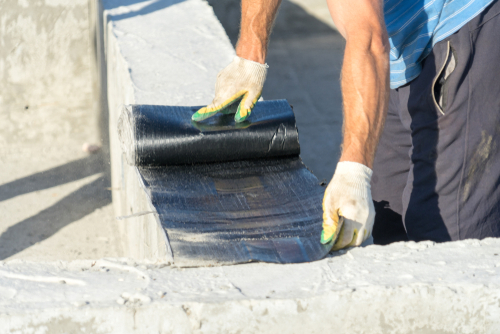
Common Problems and Solutions
Common issues in roofs and ceilings include leaks, especially around fixtures and in corners. Solutions involve sealing joints and applying waterproof coatings.
Importance of Regular Maintenance
Regular inspection and timely repairs are critical for maintaining the effectiveness of waterproofing measures. Neglected roofs and ceilings can rapidly deteriorate, leading to costly repairs.
Walls and Foundations
Rising Damp and Efflorescence Issues
Walls and foundations are susceptible to rising dampness, a condition where water from the ground rises through the walls. Another issue is efflorescence, the formation of salt deposits on the wall surface due to water evaporation.
Waterproofing Solutions Suitable for Walls and Foundations
Effective waterproofing solutions for these problems include membrane and integral waterproofing, which prevent water absorption and capillary action.
Bathrooms and Wet Areas
Frequent Water Exposure Risks
Bathrooms are continually exposed to water, making them a high-risk area for water damage. Over time, this can result in tile detachment, rotting walls, and even structural damage.
Effective Waterproofing Strategies for These Areas
Membrane waterproofing is often the best method for bathrooms and other wet areas due to its durability and effectiveness against constant water exposure.
Cost-Benefit Analysis
While the initial cost of implementing waterproofing solutions can be significant, the long-term benefits include reduced maintenance costs, extended building lifespan, and increased property value.
The return on investment for waterproofing is high, especially when considering the high costs associated with water damage repairs and the potential loss of property value.
Frequently Asked Questions
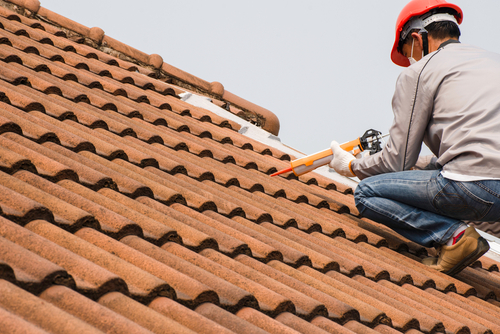
How Often Should Waterproofing Be Redone?
The frequency of reapplication depends on the type of waterproofing method used. However, regular inspections should be conducted, and waterproofing should generally be redone every 5-10 years.
Can I Perform Waterproofing Myself?
While there are DIY kits available, for long-lasting and effective waterproofing, it’s advisable to hire professionals who can assess the specific needs of your building and provide tailored solutions.
What Are the Signs That My Building Needs Waterproofing?
Indications that your building requires waterproofing include water stains on walls and ceilings, a musty smell, mold and mildew growth, and visible water seepage.
Is Waterproofing Effective Against Flooding?
Waterproofing can mitigate damage from minor flooding but is not a fail-safe measure against extreme flood conditions. Additional measures like proper drainage systems are necessary for comprehensive flood protection.
How Do I Choose a Waterproofing Contractor?
When choosing a contractor, ensure they have relevant experience, credentials, and positive customer reviews. It’s also beneficial to get quotes from multiple providers to make an informed decision.
Why Waterproofing is Crucial in High-Humidity Locations – Conclusion

Waterproofing is not an area where shortcuts can afford to be taken, especially in high-humidity locations like Singapore.
The immediate financial outlay for quality waterproofing is outweighed by the long-term benefits, making it a wise investment for any property owner.
This in-depth look aims to arm you with the knowledge needed to make informed decisions about waterproofing in a high-humidity environment. Remember, an ounce of prevention is worth a pound of cure.
Are you seeking professional and reliable waterproofing services in Singapore? Contact us today!




